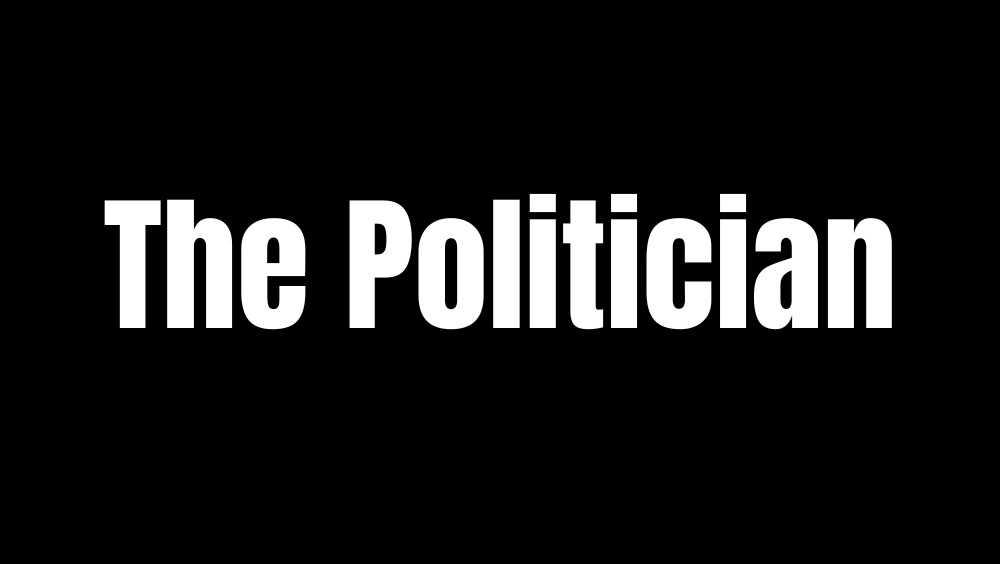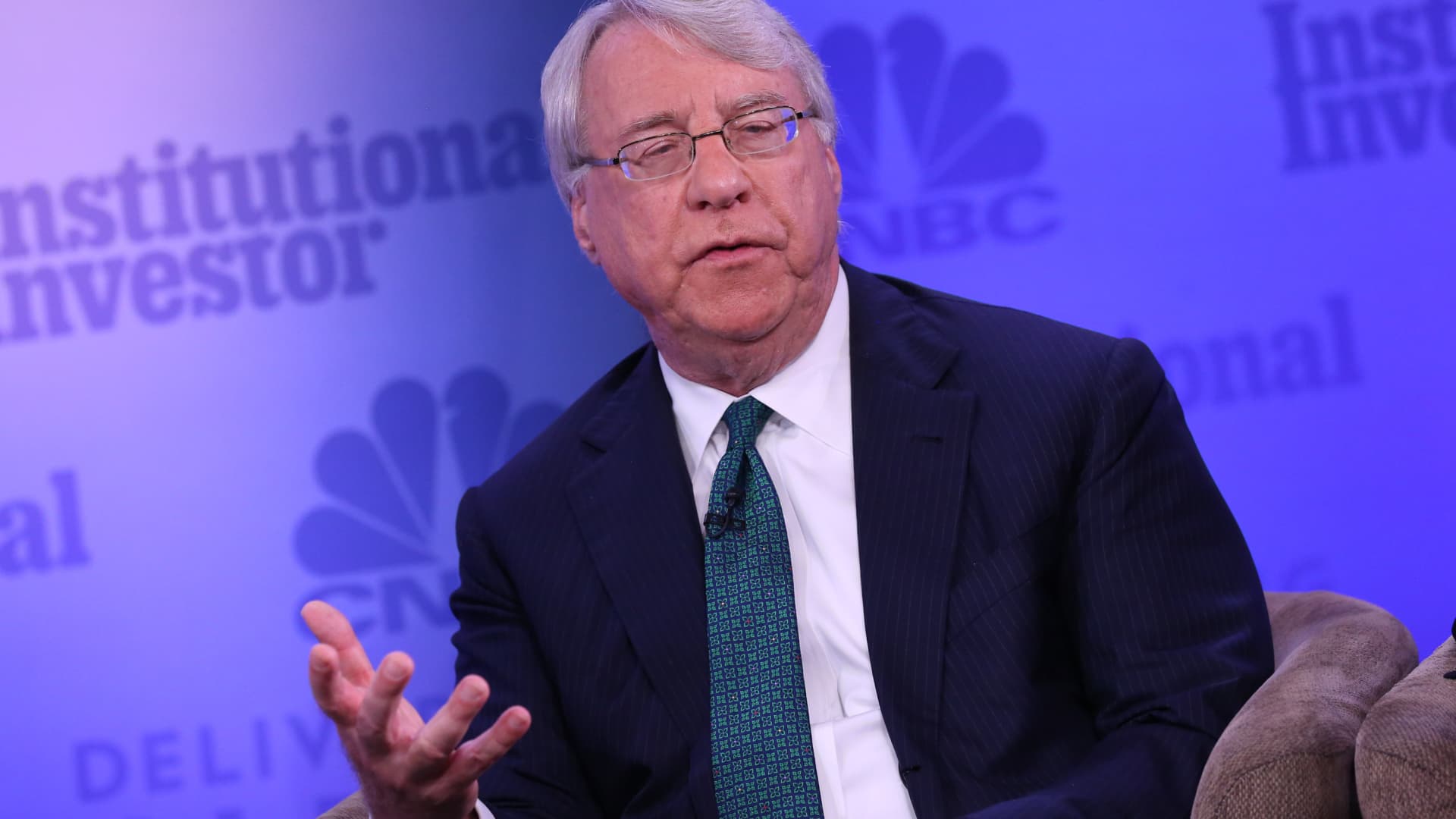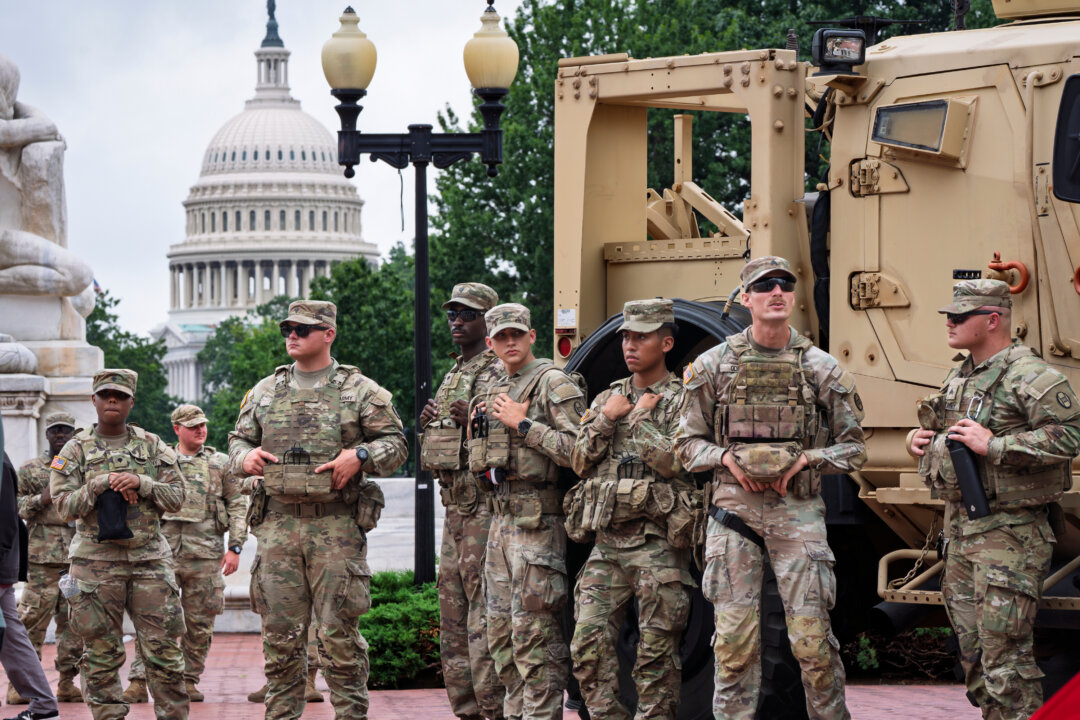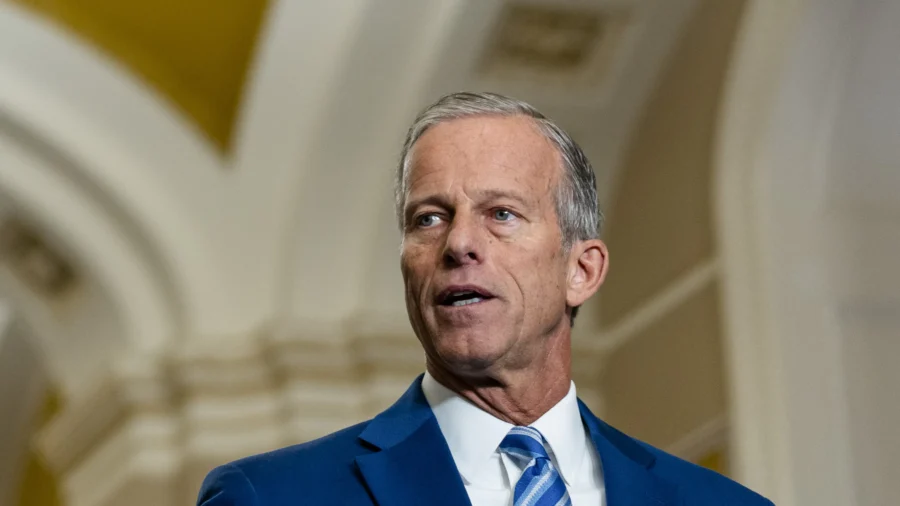Credibility and consistency over confusion: PM Modi keeps up with his scheduled Bhutan visit after the Delhi blast. Here is why the trip was not postponed or cancelled
Prime Minister Narendra Modi’s November 11-12, 2025, visit to Bhutan added even more significance, considering the fact that the PM proceeded with his commitments even after the blast in Delhi the previous evening. The journey started less than a day after a devastating blast near Delhi’s famous Red Fort left at least ten people dead and numerous others injured. Every move made by the nation’s leadership is closely examined at times of national crises. A closer look finds a cautious, statesman like strategy that strikes a balance between crisis response and the demands of Indian foreign policy and the country’s long-term security objectives, despite the fact that some have questioned the logic of departing for a foreign trip so soon. As PM @narendramodi is enroute to Thimphu, Bhutan, let us watch highlights of the expansive and multisectoral deep rooted - partnership. pic.twitter.com/AHU4FxzO9R— Randhir Jaiswal (@MEAIndia) November 11, 2025 The immediate aftermath of the Delhi blast A huge explosion in a car ripped across a busy crossroads near Red Fort Metro Station in the heart of Delhi on the evening of November 10, 2025, causing loss of life, panic, and heightened vigilance throughout the capital and adjacent regions. In addition to offering his condolences to the victims, Prime Minister Modi reassured the country that relief and investigative measures were in progress. In order to ensure the deployment of top security and forensic agencies, such as the National inquiry Agency (NIA) and the National Security Guard (NSG), to manage both the inquiry and public safety, he promptly reviewed the situation with Home Minister Amit Shah and other officials. History demonstrates that sudden, crisis-driven shifts in statecraft can occasionally give foes more confidence to test a country’s resolve. Modi showed that the shock or disarray of an attack will not take precedence over India’s primary foreign policy interests by moving forward with the Bhutan visit. In the neighbourhood, where China and Pakistan closely watch India’s capacity to handle pressure on several fronts, this is vital. A modest yet effective deterrent is to show steadiness rather than panic. Policy paralysis trap: Stability amid shock Many anticipated that Prime Minister Narendra Modi would postpone or cancel his planned trip to Bhutan after learning of the blast in Delhi. However, he boarded his aircraft as scheduled early the following morning. This may have appeared disconnected to some, but it was actually a planned crisis leadership exercise that avoided what experts in international decision-making refer to as “policy paralysis by shock.” Shock is the initial period of confusion that follows an abrupt, high-impact event, one that impairs analytical clarity and freezes institutional reflexes, in the study of crisis behaviour. According to Thomas Meszaros and Laurent Danet, the “brutal confrontation with unprecedented problems” that occurs when decision-making units face a surprising occurrence causes confusion, which disrupts both analysis and response mechanisms. This immobility shows itself as confused message, overreaction, or delay, all of which convey weakness and encourage attackers to take advantage of you. According to the Meszaros-Danet framework, shock is the abrupt, visceral jolt that impairs normal cognition, whereas crisis is a process of rupture that can change a system. Such trauma causes the brain to bypass logical processes and enter what the authors refer to as “psychic sideration,” which is a paralysis of thought and behavior. This results in policy paralysis at the national level, a time of hesitancy during which political institutions stagnate rather than change. Historical examples demonstrate how this psychological burden causes societies to crumble. The United States first encountered a “strategic and tactical vacuum” following the September 11 attacks before putting together a cohesive response. Later in Iraq, policy overreach resulted from the shock’s immobilization of institutions and distortion of judgment. In a similar vein, India’s leadership descended into introspective caution during the 1962 Sino-Indian War and hesitated for years to project power outside of its boundaries. The consequences of allowing emotional confusion to rule statecraft are evident in each of these instances. For Modi, it was crucial to show that governance could continue in the face of shock. The visit to Bhutan served as a symbolic reminder that, despite internal unrest, India would continue to fulfill its diplomatic and regional obligations. This is referred to as “managing the entry into crisis” in crisis theory, which aims to stabilize the system before panic strikes. Leaders that take decisive action during the entry period stop uncertainty from spreading through markets, bureaucracy, and public opinion. Strategic continuity as a counter to shock According to Meszaros and Danet, a pleasant
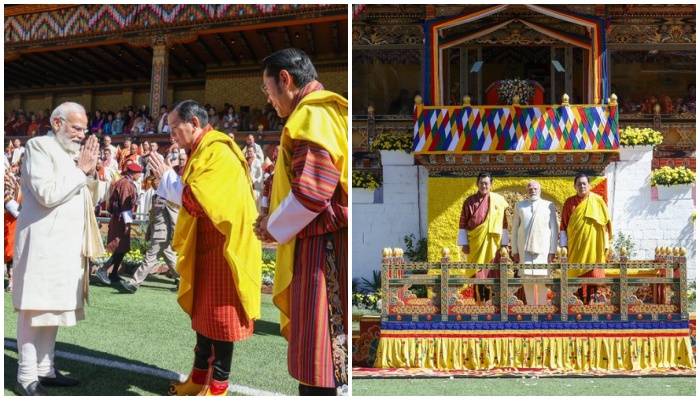


Prime Minister Narendra Modi’s November 11-12, 2025, visit to Bhutan added even more significance, considering the fact that the PM proceeded with his commitments even after the blast in Delhi the previous evening. The journey started less than a day after a devastating blast near Delhi’s famous Red Fort left at least ten people dead and numerous others injured. Every move made by the nation’s leadership is closely examined at times of national crises. A closer look finds a cautious, statesman like strategy that strikes a balance between crisis response and the demands of Indian foreign policy and the country’s long-term security objectives, despite the fact that some have questioned the logic of departing for a foreign trip so soon.




















































